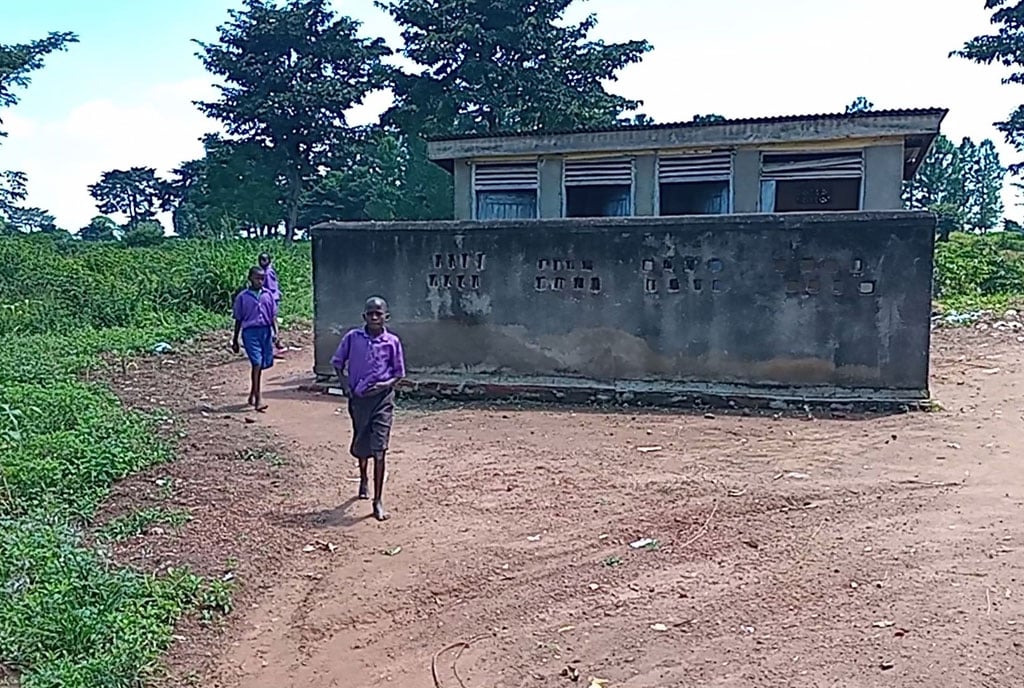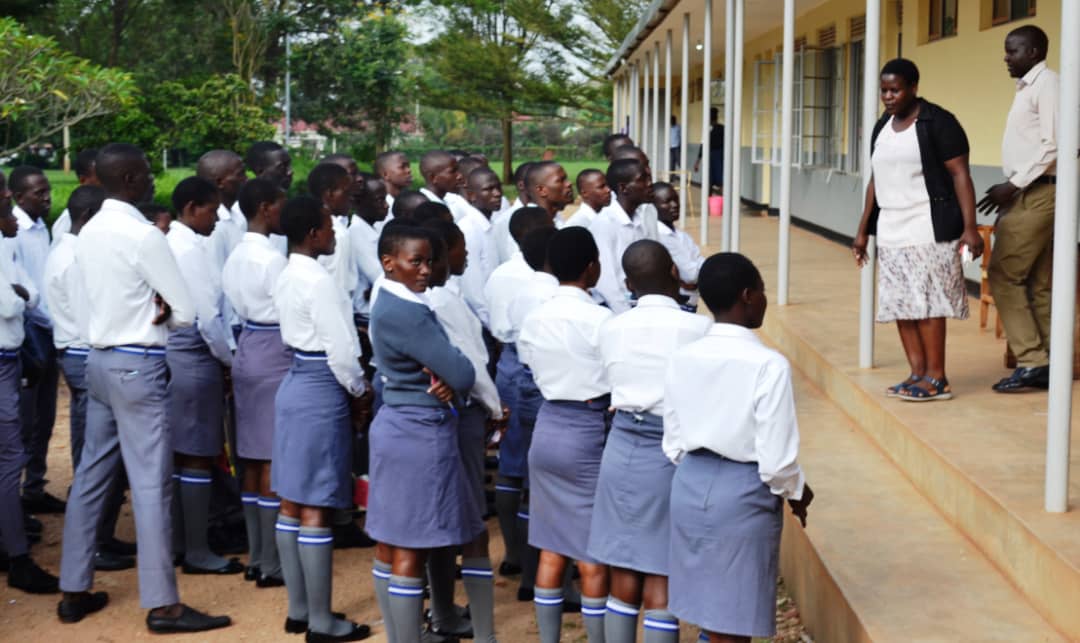Prime
Lake Wamala under threat as residents defy agreement

Encroached. Environment officials inspect the gardens residents have ploughed within Lake Wamala buffer zones in Mityana District last Saturday. PHOTO BY BARBRA NALWEYISO
What you need to know:
- Lake Wamala is one of the freshwater bodies in Uganda specifically in the districts of Mubende, Mityana, Gomba and Kasanda. It covers a total area of 250 square kilometres. It is estimated to have reduced by 50 per cent between 1998 and 1995.
- The lake is associated with several rivers and wetlands, including rivers Katonga and Kibimba, which drain into Lake Victoria.
Mityana. A section of residents in Mityana, Mubende and Kasanda districts have continued to encroach on Lake Wamala buffer zone despite an earlier agreement they signed with Ministry of Water and Environment to protect the natural resource.
The residents in 2010 signed the compliance agreement that sought to protect the buffer zones, but the locals have since violated it and have continued to encroach on the lake.
The shoreline, mostly at Katiko Landing Site, has got flourishing maize and tomato gardens.
More residents are also opening up more land in preparation for the next planting season.
This, according to Mr Ali Ssekiwunga, the chairperson of fishermen at Lake Wamala, has caused a significant damage on the lake as water levels continue to drop.
“The lake is reducing in size every year due to cultivation along buffer zones, causing radical reduction of fish stock,” Mr Ssekiwunga says.
He, however, did not explain how the lake has reduced nor produce figers.
There is also massive encroachment at landing sites of Lusalira, Lubajja, Katiko, Gombe which drains the streams that pour into the lake.
Mr Yasin Bbira, the Mityana District Natural Resources Officer, says their efforts to enforce the agreement have failed as some encroachers claim to have got directives from powerful government officials.
“I was even dragged to Mubende High Court by one of the encroachers for stopping her from cultivating in the buffer zone” Mr Bbira says.
He adds: “I have faced the charges individually, yet I was fostering protection and conservation of the natural resource.”
Mr Ssekiwunga is surprised that among the encroachers is a Chinese investor, Myee Ghityan, who took heavy machines at Kanamukwiri Landing Site in Kasanda District to close water channels to support his rice growing project.
But Mr Vincent Kinene, the Mubende District environment officer, says in 2015, he went with National Environment Management Authority (Nema) officials to evict Mr Myee, but some residents blocked them claiming that the investor was giving them rice on top of employment.
Regardless of the harm he would cause, Mr Kinene says Mr Myee was given an operating licence.
Efforts to speak to Mr Myee were futile as he was reported to be out of the country, but Mr Edward Zimula, a landlord who leased a piece of land to him for rice growing, insists the land is outside the buffer zone.
“We cannot encroach on the buffer zone. This is private land and simply leased part of it to investor to grow rice,” he says.
Mr Kinene says their biggest challenge is the unmarked Lake Wamala boundaries, which gives a leeway to residents to encroach.
He further gives an example in 1990s where the lake dried up completely, and people started cultivating in the buffer zone and after about four years following heavy rains, the water levels increased, occupying the part which had been turned into gardens.
In 2014, Mubende District authorities alledgedly asked Nema to remap the lake and avoid further encroachment in vain.
However, Mr Tony Achidria, the senior public relations officer at Nema, denies this allegation saying government has played its part by enacting good laws to protect natural resources and the onus is on local leaders to enforce them.
The Atlas was developed following reports that major lakes and rivers in the country were increasingly facing threats of demise due to silting from rapidly eroding soils on the slopes of flanking lake shores.
Although encroachers are the main threat to the lake Wamala, Mr Bbira says climate change is also an emerging cause.
“The lake depends on rain water and if three months pass without serious rain, you may find part of the lake has dried up,” Mr Bbira says.
Background
Lake Wamala is one of the freshwater bodies in Uganda specifically in the districts of Mubende, Mityana, Gomba and Kasanda. It covers a total area of 250 square kilometres. It is estimated to have reduced by 50 per cent between 1998 and 1995.
The lake is associated with several rivers and wetlands, including rivers Katonga and Kibimba, which drain into Lake Victoria.
It currently it has more than 10 cultural sites, which attract many people every year.
Voices
“Nema allowed him [Chinese investor] and gave him permission through Environment Impact Assessment because he had got a lot of support from residents,” Mr Vincent Kinene, the Mubende District environment officer.
“For example, we developed the national wetlands Atlas 2016 that clearly shows and maps out all the water bodies, wetlands, lakes, rivers, and their catchment areas. Lake Wamala also features in that Atlas, with clear coordinates. The Atlas is a public document available online, that the Natural resources officers at districts can use,” Mr Tony Achidria, senior public relations officer at Nema
[email protected]




